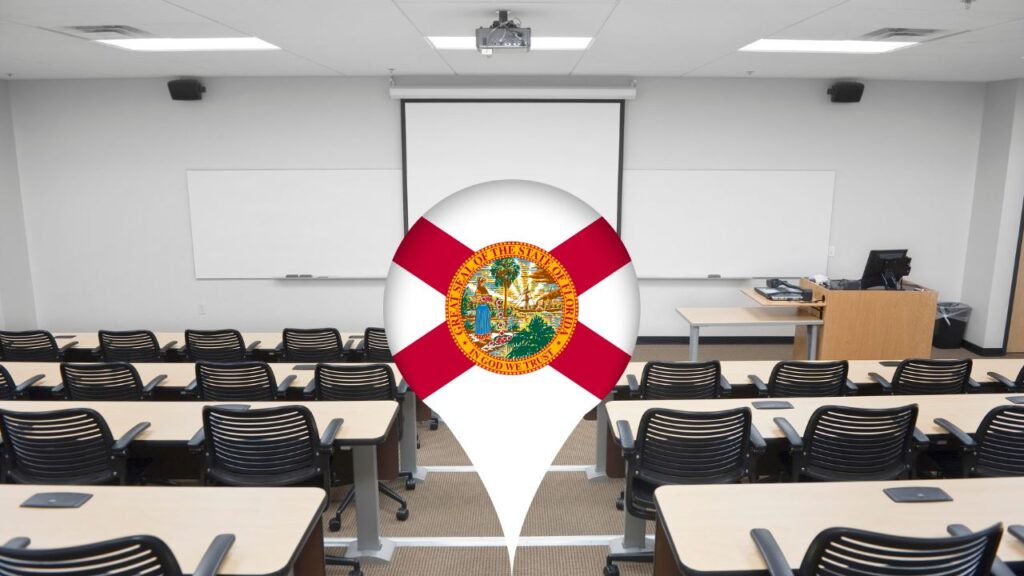Data from the National Center for Education Statistics (NCES) examines each state’s indicators of student migration to rank which states currently retain the most in-state students in higher education and which attract the most out-of-state students.
NCES analyzed the number of students enrolling from out of state. Number of students enrolling from within the state. Percentage of state residents enrolled in out-of-state institutions and percentage of state residents enrolled in in-state institutions.
Utah ranks first, and Vermont has the lowest percentage of students remaining in the state.
Florida findings:
Florida ranks 8th in the nation for the percentage of students who stay in the state for college. Of the 143,620 Florida students who enrolled in college, 121,827 chose to attend an in-state school. This means that approximately 85% remain local, indicating that most Florida students prefer to pursue higher education close to home.

Arsh Chandna, who works with medical school admissions consulting firm Inspira Advantage, examined the data and said migration patterns reveal some interesting trends in how students choose their institutions. States such as Florida have created educational environments that encourage residents to stay in their hometowns for higher education.
“These findings demonstrate significant regional differences in how students approach college choices. States with high retention rates typically offer strong public university systems with favorable in-state tuition rates that make it economically attractive to stay local.” States with lower retention rates, on the other hand, often have smaller populations or are located near educational hubs in neighboring states. Students in these regions may be able to find more diverse programs across state lines,” Chandna said.
Chandna also pointed out that student migration patterns have a significant impact on state education policies, funding models and university admissions strategies.


